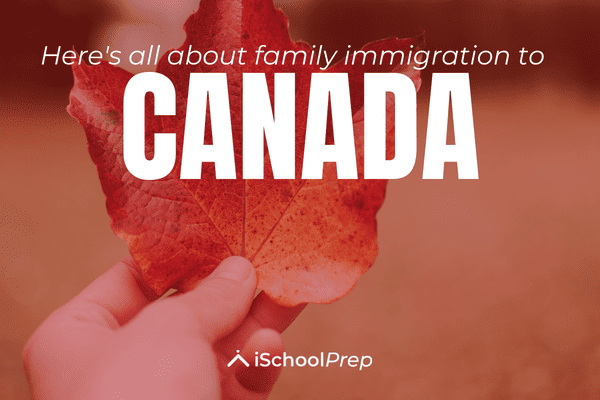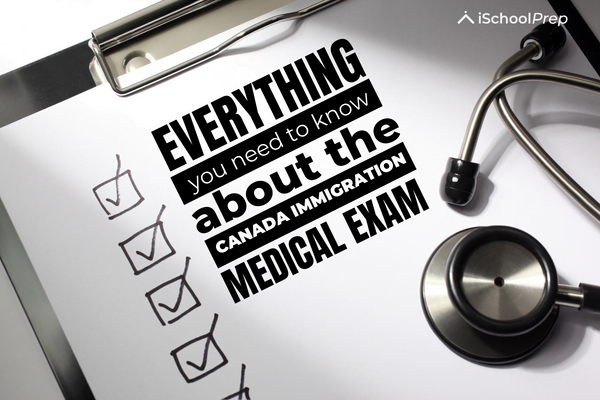Table of Contents
Canada needs immigrants | An overview of immigration levels plan
Since the late 1980s, Canada’s immigration numbers have been rising to meet the country’s needs for a growing population, skilled workforce, and economy. Canada needs immigrants as the nation requires a workforce for economic development.
To direct its activities, the Canadian federal government’s Immigration, Refugees, and Citizenship (IRCC) agency publish a new Immigration Levels Plan annually. They are on track to meet or exceed their 2022 target of 430,000 immigrants, as reported by IRCC. To reach this goal, the number of permanent residents is expected to increase to 465,000 in 2023. (PRs). Canada plans to increase its annual immigration intake to a total of 500,000 by the year 2025.
Why does Canada need immigrants? | An introduction
Canada encourages people to immigrate to the country in large numbers to help maintain a healthy economy. Canada has a tiny population and a low birth rate compared to other developed countries. The result is a strain on the economy and the government’s finances.
Low rates of natural population increase in Canada have a knock-on effect on the country’s economic and labor markets. Inadequate tax revenue from a stagnant economy threatens Canada’s ability to fund essential social programs like universal healthcare and a solid public education system, which are essential to maintaining the country’s high level of life.
One must consider that by 2030, 9 million baby boomers in Canada will have reached retirement age. As a result, Canada will have fewer employees simultaneously as its health care costs are increasing. Canada has taken the initiative to address this problem by steadily increasing its immigration objectives over 30 years.
Canada closed its border early that year to try to stem the spread of the virus, and as a result, immigration numbers plummeted dramatically in 2020 compared to the previous year. The truth remains, however, that Canada needs lawful immigration.
Reasons why Canada needs immigrants | A detailed study

We will discuss three major factors contributing to Canada’s need for immigrants-
1. Low birth rate
In light of an aging workforce, it’s hardly surprising that experts predict impending labor shortages across various industries. The government has produced a report indicating that over the next two decades, the northern section of already-densely populated Ontario (relative to the rest of Canada) will need to attract an average of 8,100 new residents each year just to keep its workforce stable.
2. Workforce gaps
As we’ve seen, there are already gaps in the labor market, and we can expect them to grow. Every firm in Canada relies on stable jobs in Canada and high production levels, which can be improved through immigration. Immigrants will be crucial to their recovery when the epidemic ends, and they will be critical to maintaining a workforce until it does.
3. Diversity and new perspectives
Immigrants who make a concerted attempt to integrate into Canadian society frequently bring a newfound zeal for contributing to the country’s development. This enthusiasm may inspire a wide range of measures beneficial to Canada’s progress and economic expansion.
4. Economic growth
As immigration is a win-win for everyone involved, countries often prioritize applicants with a specific skill set currently in short supply. Professionals who move to a different nation to further their careers benefit not just their new employers but also the economies of both countries.
Why Canada needs immigrants? | Three classes of immigration in Canada

There are three types of immigration to Canada- economic, family, and refugee.
1. Economic class
The federal Express Entry scheme is the most prevalent route for economic class entry to Canada. Candidates that meet the criteria, and are often skilled employees, submit profiles to the Comprehensive Ranking System (CRS), which assigns them a score.
Approximately once every two weeks, the highest-scoring applicants are notified that they have been invited to apply for permanent residency by Immigration, Refugees, and Citizenship Canada (IRCC).
The Federal Skilled Worker Program (FSWP), the Federal Skilled Trades Class (FSTC), and the Canadian Experience Class (CEC) are all managed through the Express Entry system.
The FSWP has been Canada’s primary program for attracting skilled employees from abroad for many years. The CRS is a point system that considers factors such as age, level of education, years of experience in the workforce, foreign language proficiency, and more.
2. Family class
Family sponsorship is another pathway to immigration legalization with IRCC’s approval. You can help your foreign spouse or partner immigrate to Canada if you are a Canadian citizen or permanent resident. It doesn’t matter if the sponsored individual is currently located outside Canada or within it since couples may choose between “outland” and “inland” sponsorships.
To qualify as a sponsor, you must be able to financially support your partner and meet all of their basic requirements. You must provide evidence to the IRCC that your connection is real.
3. Refugee class
To enter Canada, one can qualify as a refugee or for humanitarian reasons. Refugees resettled in Canada are foreign nationals chosen by the UN Refugee Agency while outside their native country. They can escape persecution, breaches of human rights, and even war by seeking refuge in Canada. Furthermore, asylum can be granted to refugees who have arrived in Canada by the Immigration and Refugee Board.
Key takeaways
- Canada remains a secure option for those seeking protection or asylum.
- Canada has announced that it will accept a record-breaking 460,000 immigrants annually as part of its Immigration Levels Plan.
- The Canadian government’s Immigration division is committed to providing exceptional service to Canadian citizens and permanent residents.
We hope you enjoyed reading this blog. In case of any queries, reach out to us or drop a comment below!
Like this blog? Then read: The ultimate guide to post-study work visa Canada
FAQs
Q1. How can I become a permanent Canadian resident?
Answer – The answer to the question varies depending on the person asking the inquiry. You can check the Canadian PR requirements for more information.
Q2. Who is eligible to apply for Canadian citizenship?
Answer – Citizenship in Canada can be applied by those at least 18 years old.
Q3. What is the process for creating an Express Entry profile?
Answer – Create an Express Entry profile by registering with Immigration, Refugees, and Citizenship Canada (IRCC).






